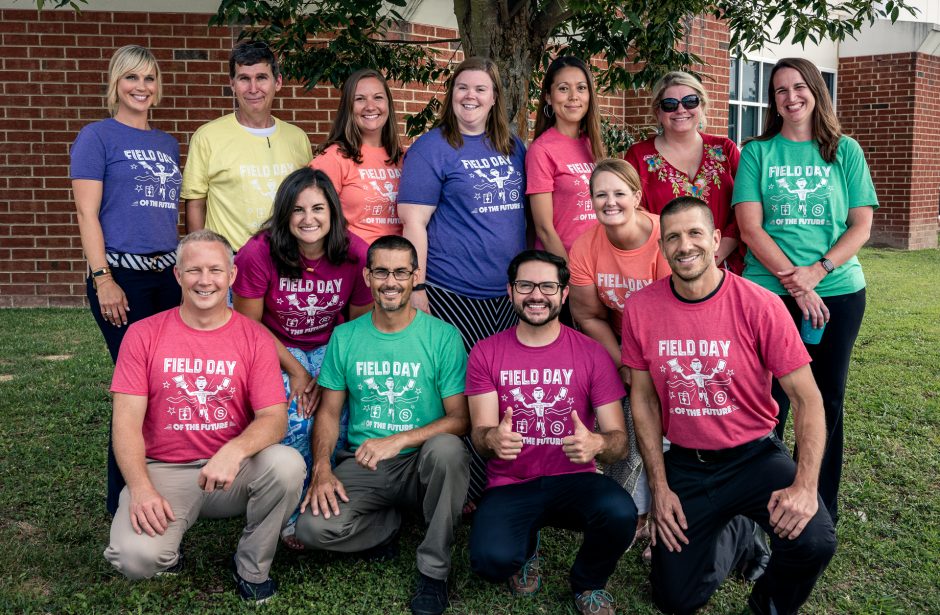 Third graders in Ms. Ford’s class at Laburnum Elementary have been learning about multiplication in math (SOL 3.5) and animals in science (SOL 3.4 & 3.5) so today we showed how real life scientists use those skills to calculate animal populations. Many scientists use a tool called a quadrat to figure out how many animals live in a certain area. A quadrat is basically a large square that they place in a habitat and count the creatures in the square. Then they multiply the amount of total squares that would fill the area by the number of animals they counted to get an estimated population for the total area. In order to demonstrate this, the students first drew an animal in Pixie. We exported it as a PNG file and dragged it into a Keynote template that you can download here. Then they made several copies of their animal to place in the quadrat. They also colored the grid to match the animal’s habitat (green for woods, yellow for grasslands, blue for water, etc). Next they made a text box with the multiplication problem and solution (Example: 4 electric eels in the quadrat x 9 total quadrats in the area = Est. population of 36 electric eels). Finally they recorded their voices like they were giving a report to their “boss” and we exported their Keynotes as QuickTime videos. I posted them all to a Google doc that you can take a look at here.
Third graders in Ms. Ford’s class at Laburnum Elementary have been learning about multiplication in math (SOL 3.5) and animals in science (SOL 3.4 & 3.5) so today we showed how real life scientists use those skills to calculate animal populations. Many scientists use a tool called a quadrat to figure out how many animals live in a certain area. A quadrat is basically a large square that they place in a habitat and count the creatures in the square. Then they multiply the amount of total squares that would fill the area by the number of animals they counted to get an estimated population for the total area. In order to demonstrate this, the students first drew an animal in Pixie. We exported it as a PNG file and dragged it into a Keynote template that you can download here. Then they made several copies of their animal to place in the quadrat. They also colored the grid to match the animal’s habitat (green for woods, yellow for grasslands, blue for water, etc). Next they made a text box with the multiplication problem and solution (Example: 4 electric eels in the quadrat x 9 total quadrats in the area = Est. population of 36 electric eels). Finally they recorded their voices like they were giving a report to their “boss” and we exported their Keynotes as QuickTime videos. I posted them all to a Google doc that you can take a look at here.


